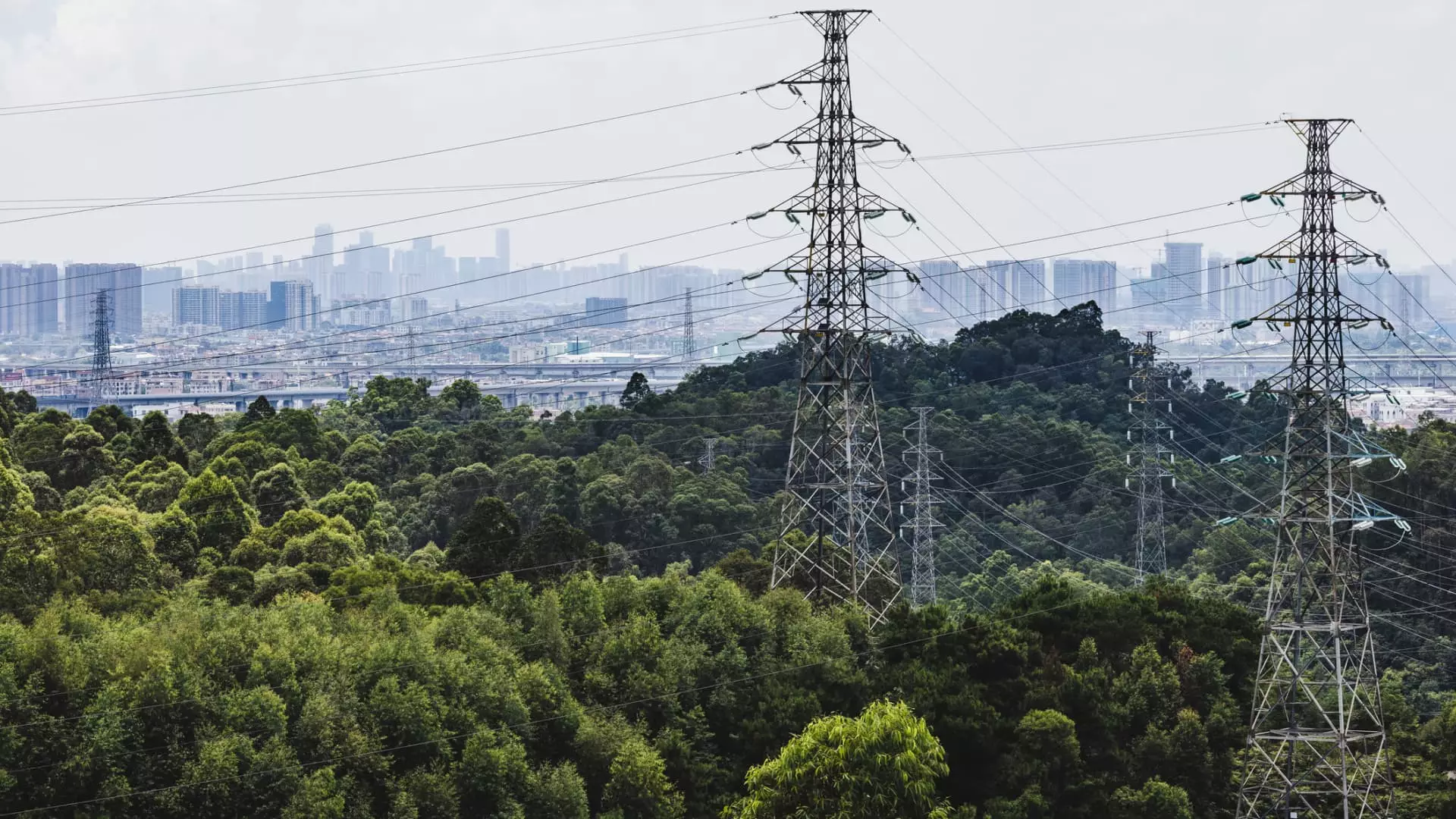In a shocking twist of national economic trends, the cost of electricity for U.S. households is on an alarming upward trajectory, even as overall inflation has shown signs of stabilization. According to the consumer price index for May 2025, electricity prices have surged by an astonishing 4.5% over the past year—nearly double the inflation rate for all goods and services. The U.S. Energy Information Administration (EIA) is forecasting that retail electricity prices will continue to outstrip inflation through 2026, marking a troubling trend that has been exacerbating since 2022. As a result, U.S. consumers, on average, are spending about $1,760 annually on electricity—a figure that’s set to rise further as energy demands continue to grow.
The real kicker is that while many Americans are still grappling with the economic effects of the COVID-19 pandemic and rising costs of living, electricity prices appear to be escalating at a rate that is both shocking and unjustifiable. According to David Hill, executive vice president of energy at the Bipartisan Policy Center, the issue comes down to a basic principle of supply and demand. But how is it that a vital utility like electricity could become a luxury for many households?
Regional Disparities: A Flawed System
The disparity in electricity pricing across regions is a glaring example of an inefficiency in the market. The average U.S. household paid about 17 cents per kilowatt-hour in March 2025, yet that figure fluctuated dramatically—from a mere 11 cents per kWh in North Dakota to a staggering 41 cents per kWh in Hawaii. The Pacific, Middle Atlantic, and New England regions, where consumers already face higher costs, are projected to see even sharper increases than the national average. This creates a highly inequitable system where households in certain regions are disproportionately burdened by higher energy costs.
Joe Seydl, a senior markets economist at J.P. Morgan Private Bank, argues that electricity prices are determined regionally rather than globally, differentiating them from oil prices. But this argument fails to acknowledge the fact that energy is a fundamental necessity, not a luxury item that should be subject to market whims. The focus on regional pricing schemes instead of a cohesive national energy strategy is unacceptable.
The Underlying Demand Crisis
Experts have highlighted a significant issue that many Washington policymakers seem to be ignoring: the rising demand for electricity driven by the proliferation of technological devices, electric vehicles, and smart-home products. Jennifer Curran, senior vice president of planning and operations at Midcontinent Independent System Operator (MISO), underscores that demand growth has been largely unexpected, primarily fueled by the rise of data centers, which consume an extraordinary amount of energy. Projections reveal that data centers could consume up to 12% of total U.S. electricity by 2028, a substantial increase from the 4.4% utilized in 2023.
The irony here is rich: as we move towards a greener economy, seeking to replace fossil fuels and combat climate change, we are simultaneously creating an unsustainable demand for electricity. While the electrification of households and industries is commendable, it appears the necessary infrastructure to support this transition remains woefully inadequate. The lack of foresight in planning for renewable energy projects is a stark reminder of the myopia that often plagues governmental agencies.
Infrastructure: The Crumbling Backbone of Energy Supply
The U.S. electricity infrastructure presents a glaring weakness in this context. With much of the grid aging and transmission lines failing to keep pace with demand, we face a systemic crisis that could derail any progress toward a sustainable energy future. Shortages of transformer equipment and ballooning delivery times signal a logistical breakdown in the system. As Michael Cembalest of J.P. Morgan Asset Management points out, many transformers are nearing the end of their useful lives, and the costs of replacement have risen at an alarming rate—nearly the highest among all wholesale goods.
This is not just a question of economics; it is one of ethics. Why are we allowing our electricity grid to deteriorate while simultaneously expecting households to pay more for an essential service? The inequity exhibited in the electricity market is not merely a financial concern but an affront to the principles of fairness and justice that should guide us.
The Future: Hope or Despair?
Electricity prices are poised for continued increases, with the EIA predicting an overall rise of 13% from 2022 to 2025, translating into significant financial strain for average households. In a time where efficiency and sustainable growth should be prioritized, the mismatch between demand and supply creates a perilous environment for consumers who simply want to keep the lights on.
As economic and environmental pressures mount, the onus is on both consumers and policymakers to demand better—a more robust, equitable energy system that prioritizes long-term sustainability over short-term profits. We cannot afford to treat electricity as just another commodity; it is a lifeline that deserves thoughtful regulation and innovative solutions to ensure that all Americans have equitable access to this fundamental resource.

